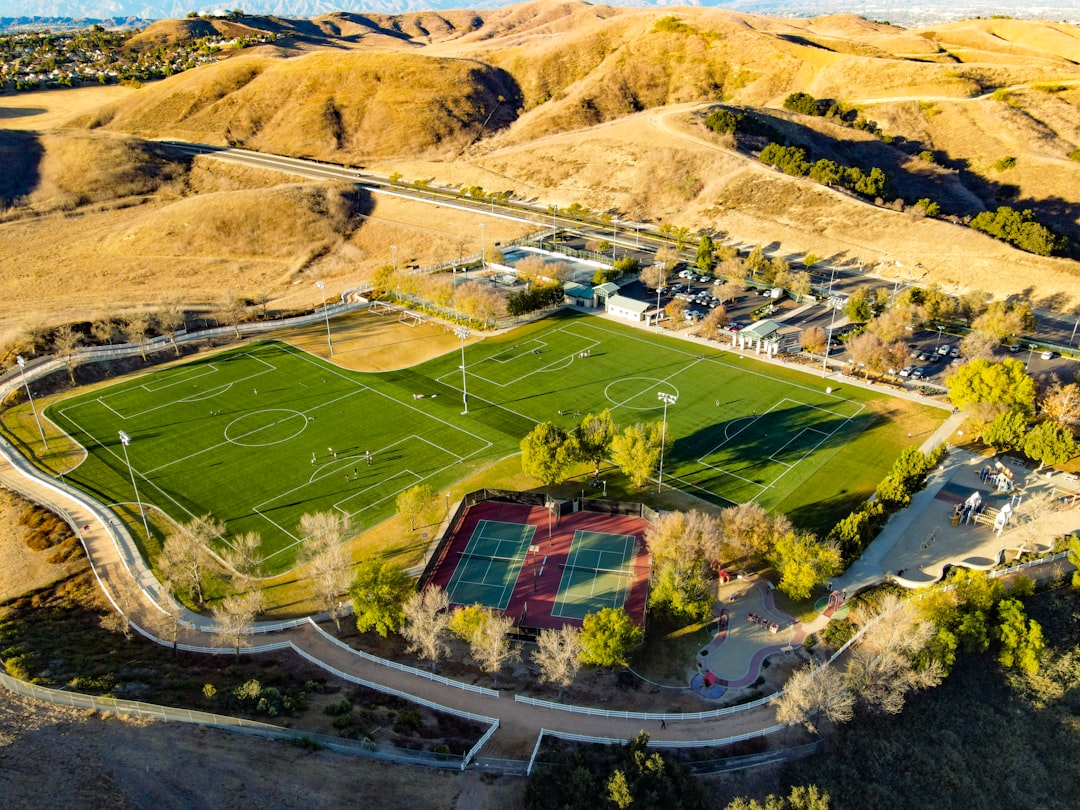In the game of football, the defensive unit plays a critical role in stopping the opposing team’s offensive efforts. Among the most dynamic and versatile players on defense are those in the defensive backfield. Known collectively as defensive backs or simply “DBs”, these players are crucial in defending against the pass and supporting the run defense. Understanding what a defensive back does and why the position is so important helps deepen appreciation for the game and its strategic complexities.
Overview of Defensive Backs
The term “defensive back” refers to a group of players positioned behind the linebackers, whose primary responsibility is pass coverage. This group includes cornerbacks, free safeties, strong safeties, and sometimes a nickel or dime back depending on the defensive formation.
Defensive backs are known for their speed, agility, situational awareness, and ability to read both the quarterback and receivers. Their role is multifaceted, requiring them to defend deep passes, cover receivers one-on-one, intercept the ball, and step up in run support.

Types of Defensive Backs
There are several types of defensive backs, each with specific roles:
- Cornerbacks (CB): Often matched against wide receivers, cornerbacks play near the sidelines and are usually responsible for one-on-one coverage. Their key objective is to defend against passing plays by either breaking up the pass or intercepting it.
- Free Safety (FS): Positioned deep in the secondary, the free safety acts as the last line of defense. This player must have excellent field vision and the ability to read the quarterback’s eyes to anticipate where the ball will go.
- Strong Safety (SS): Typically larger and more physical than the free safety, the strong safety plays closer to the line of scrimmage and often covers tight ends or supports in stopping the run.
- Nickel and Dime Backs: Used in specific defensive schemes, the nickel back is a fifth defensive back brought in during obvious passing situations, while a dime back is the sixth. These players are often slot coverage specialists.
Main Responsibilities of a Defensive Back
Though responsibilities differ slightly depending on the specific position, common tasks for all defensive backs include:
- Pass Coverage: Defensive backs cover wide receivers, tight ends, and sometimes even running backs who are running routes. This can involve man-to-man coverage or zone coverage.
- Interceptions: Elite defensive backs have the ability to anticipate passes and intercept them, swinging the momentum in their team’s favor.
- Tackling: While primarily tasked with stopping the pass, DBs must tackle skill players if a receiver catches the ball or a running back breaks into the secondary.
- Reading Offenses: DBs study opposing quarterbacks and receiver tendencies to react quickly and accurately during gameplay.

Key Traits and Skills
Defensive backs must combine physical ability with mental sharpness. Some critical skills include:
- Speed and Agility: Defending against fast and agile receivers requires quick reactions and the speed to keep pace.
- Ball Skills: Knowing how to track the football in the air and time jumps or swats effectively are key abilities for defending passes.
- Tackling Ability: Good DBs don’t just cover well—they also make solid tackles in open space.
- Situational Awareness: Exceptional defensive backs understand down-and-distance scenarios and how to adjust their coverage accordingly.
Common Defensive Schemes Involving Defensive Backs
Football strategy hinges on formation and schemes. Defenses often use specific alignments involving defensive backs depending on the offensive personnel and game situation:
- Cover 1: One safety plays deep, while other DBs play man coverage. This allows for more aggressive blitzing but puts pressure on the corners.
- Cover 2: Two safeties split the deep field while corners cover short zones. It’s commonly used to defend against deep threats.
- Cover 3: Three DBs—usually two corners and a safety—drop into deep third zones, providing strong pass coverage while keeping the play in front of them.
- Nickel or Dime Packages: These involve 5 (nickel) or 6 (dime) defensive backs and are typically used in third-and-long or prevent defense situations.
The Evolution of the Position
The defensive back position has evolved significantly in response to the modern passing game. As offenses have increased in complexity—with more frequent use of wide receivers, tight ends, and running backs in the passing game—DBs have had to adapt. Today’s defensive backs are faster, more versatile, and often cross-trained to play multiple roles.
The importance of the position is reflected in the high draft pick investments teams make on elite cornerbacks and safeties. Players like Deion Sanders, Ed Reed, and Darrelle Revis exemplify the level of talent and impact DBs can bring to a defense.
Training and Preparation
To succeed as a defensive back, extensive film study and practice are necessary. Players spend hours reviewing game footage to learn offensive tendencies, receiver patterns, and quarterback behavior. On the practice field, DBs work on footwork, hip flexibility, backpedaling, and reaction drills to sharpen their skills.
Drills like the W-Drill, Mirror Drill, and Ball Tracking Exercises are staples in a defensive back’s development, emphasizing quick change of direction, eye discipline, and ball awareness.
Impact Players and Their Influence
Throughout NFL history, several defensive backs have redefined the position. Legends such as Ronnie Lott, known for his physicality, and Rod Woodson, with his elite ball skills, highlighted the versatility needed in the defensive backfield.
In today’s game, stars like Jalen Ramsey, Minkah Fitzpatrick, and Tyrann Mathieu demonstrate how diverse and impactful a high-level DB can be in both coverage and run support.

Conclusion
Defensive backs are essential components of any football team’s defense. With their combination of speed, intelligence, and technique, they serve as both the last line of defense and critical disruptors of the passing game. As the sport continues to evolve, so too will the responsibilities and significance of the defensive back position, ensuring that these athletes remain some of the most exciting and impactful players on the field.
FAQs About Defensive Backs
- What is the main role of a defensive back?
A defensive back’s main role is to prevent successful passes and support in tackling during run plays. They often cover receivers and are a key part of a team’s pass defense. - What’s the difference between a cornerback and a safety?
Cornerbacks usually play on the outside and cover wide receivers, while safeties play deeper and provide help over the top or support against the run. - Is the defensive back position hard to play?
Yes, it is considered one of the most challenging positions due to the speed, agility, and instinct required to react quickly to offensive plays. - How many defensive backs are on the field?
Most base defenses use four DBs—two cornerbacks and two safeties. However, in passing situations, teams may bring in additional DBs, playing five (nickel) or six (dime). - Can a defensive back score points?
Yes, defensive backs can score by intercepting a pass and returning it for a touchdown, recovering a fumble and returning it, or blocking and returning a kick or field goal.
